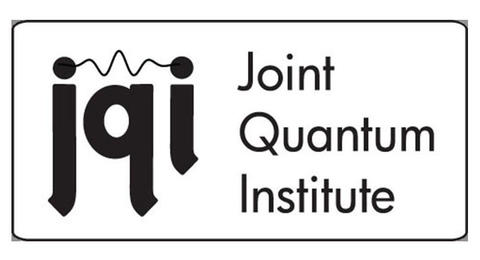Summary
Nano and atomic scale theory of the electronic, optical and mechanical properties of ultrasmall structures, such as semiconductor quantum dots and dopants in Si, the operation of devices made from these structures, and the nano-optics of these systems is being developed to exploit these structures in quantum technology, metrology and nanoscale sensing.
Description

Developing and exploiting nanodevices for quantum and nanotechnologies requires nanoscale and atomic scale modeling of ultrasmall structures, devices, their operation, and their response to probes. Key challenges of understanding physics at the quantum/classical interface and measurement at the quantum limit must be addressed. Atomic-scale simulations of the electronic, optical, and spin properties of complex nanosystems are being carried out. These systems include semiconductor nanocrystals, self-assembled quantum dots, plasmonic metal nanoparticles, nanohybrids made by coupling quantum dots with plasmonic structures, and atom-based Si devices. These simulations provide benchmarks for precise experimental tests of the atomic-scale sensitivity of nanosystems. The work is providing the foundation needed to engineer, build, and understand quantum devices, detectors, biomarkers and sensors, and metamaterials made from these systems. Nanoscale simulations of optical fields near nanosystems are being carried out. Results are being used to design nanoprobes and nanocavities for use in precision nanooptics metrology, to understand plasmonic nanoparticles, and to model the transport of quantum excitations in plasmonic quantum devices.
Key theoretical activities:
- Atomistic tight-binding simulations of semiconductor nanocrystals for use in nanosensing and tagging. Extension to ab initio modeling
- Reengineering the quantum optics of quantum dots by use of applied strain
- Understanding the electronic, optical and transport character of dynamical dots formed with surface acoustical waves
- Electronic and optical response of complex self-assembled quantum dot structures
- Engineering and understanding spin states in self-assembled quantum dots: atomistic-tight binding simulations with magnetic fields
- Investigating the electronic and photonic operation of atom-based, dopant devices in Si to understand quantum and traditional atomic-scale Si devices
- Near-field optical microscopy and the nano-optics of nanostructures
- Identifying and exploiting the physics of metal nanoparticle plasmonics
- Defining the physics of hybrid quantum dot/metal nanoparticle quantum structures
- Exploiting these structures to better understand the transition from classical to quantum response, and to model the transport of quantum information
- Understanding and elucidating the quantum plasmonics of metal nanoparticles and the transition from classical to quantum response
- Investigating strongly interacting, highly correlated, many-body systems in low dimensions and confined geometries to understand atomic scale quantum plasmonics

